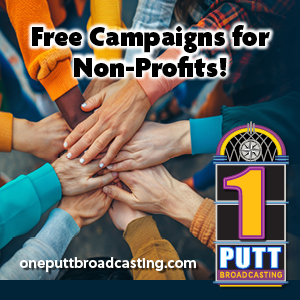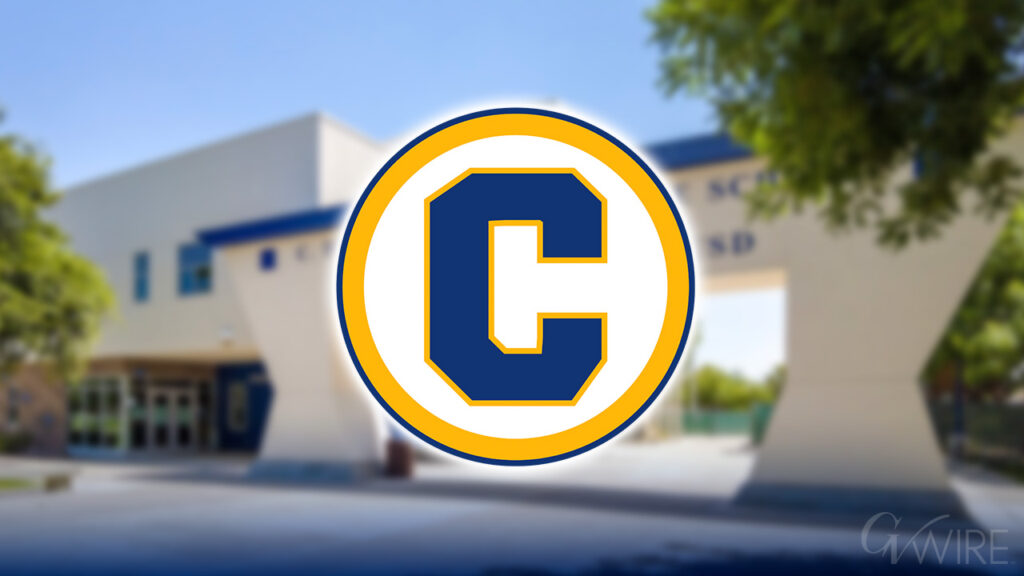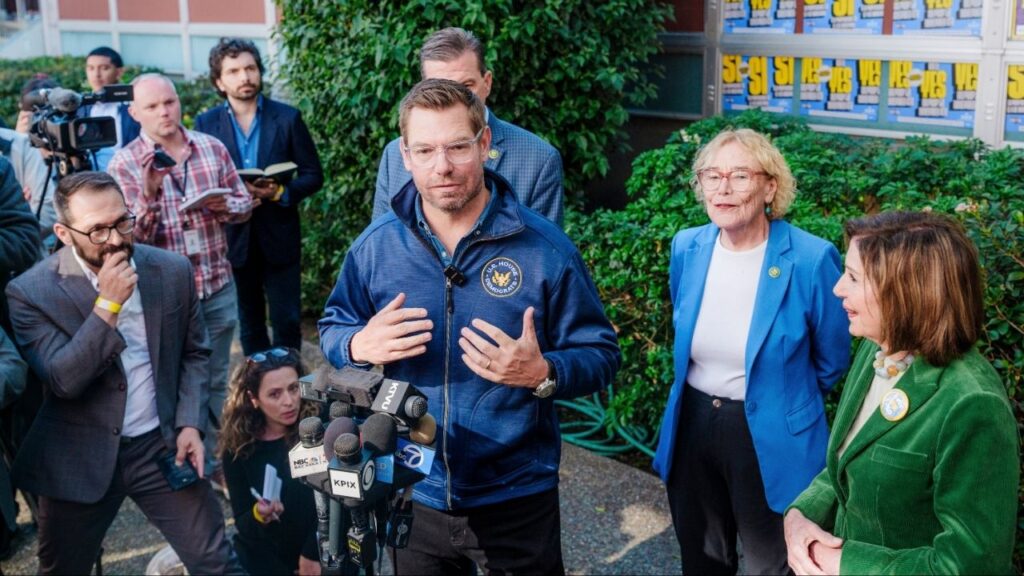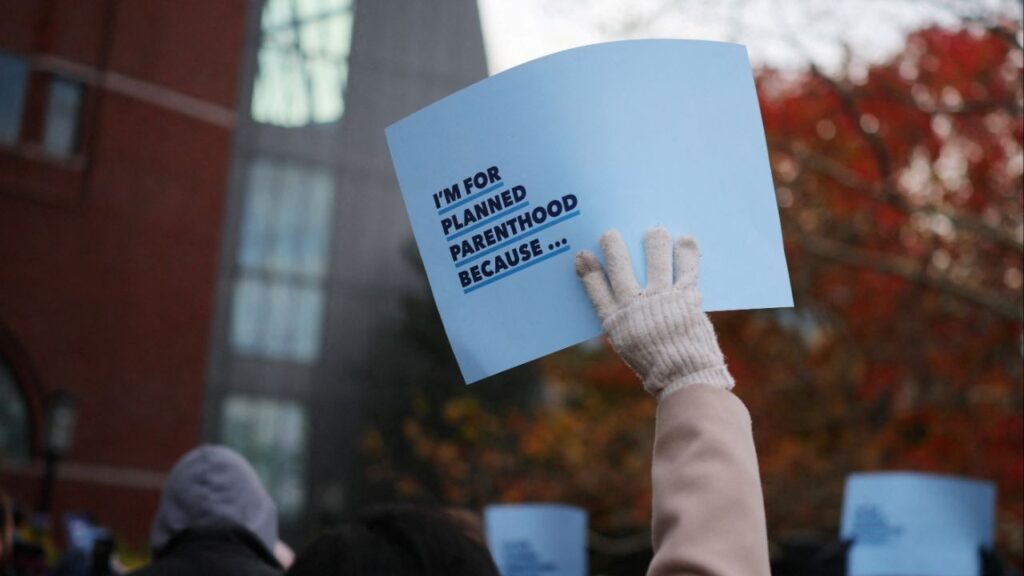Share
FRESNO — Rachel Spray is still grieving the loss of her fellow nurse who died after being exposed to the novel coronavirus at Kaiser Permanente Fresno Medical Center. Now, as she stands in front of the gleaming glass and concrete hospital, she says she “dreads going in there” and fears she’ll be next.
That’s because like those in many U.S. hospitals, management is rationing supplies, she says, keeping medical-grade masks under lock and key.
White House officials say U.S. hospitals have all the medical supplies needed to battle the deadly virus, but frontline health care workers, hospital officials and even the Food and Drug Administration say shortages persist. Critical shortfalls of medical N95 respirators — commonly referred to as N95 masks — and other protective gear started in March, when the pandemic hit New York. Pressure on the medical supply chain continues today, and in “many ways things have only gotten worse,” the American Medical Association’s president, Dr. Susan Bailey, said in a recent statement.
“N95s are still in a shortage,” said Mike Schiller, the American Hospital Association’s senior director for supply chains. “It’s certainly not anywhere near pre-COVID levels.”
Early in the pandemic the White House failed to heed stark warnings — specifically about N95s — from high-level administration officials. The Associated Press has found the administration took months to sign contracts with companies that make the crucial component inside these masks: meltblown textile. Meltblowing is the manufacturing process that turns plastic into the dense mesh that makes N95 masks effective at blocking vanishingly small particles, including viruses.
Even today, manufacturers say the Trump administration hasn’t made the long-term investments they need in order to ramp up to full capacity. Meanwhile, the administration allowed meltblown exports to slip out of the country as the pandemic, and the demand for masks, soared.
___
EDITOR’S NOTE — This story is part of an ongoing investigation by The Associated Press, the PBS series “FRONTLINE” and the Global Reporting Centre that examines the deadly consequences of the fragmented worldwide medical supply chain.
Full Coverage: Deadly Shortages
___
Manufacturers say they risk significant losses if they invest millions in machinery, raw materials, new employees and factory space to churn out a product projected to have a short-lived demand, without assurances that the government will continue to buy their meltblown textile after the need for N95s recedes post-pandemic.
“I’m not going to sit here and tell you that we’re going to guarantee purchases in 2021 or whatever date you pick,” said Rear Adm. John Polowczyk, who heads the Federal Emergency Management Agency’s Supply Chain Stabilization Task Force. He denies there are shortages.
Meltblown textiles are used in everything from diapers to air conditioners. Electrostatically charging meltblown gives it the ability to capture particles too tiny to be filtered by regular masks.
A study published this summer in the medical journal The Lancet found that frontline workers without N95 masks who cared for COVID-19 patients have the highest risk of infection.
“The initial lack of personal protective equipment in nursing homes, and lack of infection control practices in general, contributed to a general community spread across the country,” said Harvard Medical School’s Dr. Andrew T. Chan, one of the authors.
But that personal protective equipment just wasn’t available early in the pandemic when demand for the disposable masks and gowns exploded. And it still isn’t.
Before COVID-19, the disease caused by the novel coronavirus, the government estimated that the U.S. would need more than 5 billion N95 respirators per year in a pandemic. In March, the Department of Health and Human Services said the demand would be about 3.5 billion.
It’s Hard To Accurately Estimate the Severity of the Shortages of Medical-Grade Masks and Gowns
Those estimates were based on N95 manufacturer recommendations and hospital best practices that dictated health care workers use one mask per patient visit, so a single nurse could go through perhaps a dozen a day. But due to shortages, the Centers for Disease Control and Prevention instructed health care providers to reuse them.
Because of this shift in usage, it’s hard to accurately estimate the severity of the shortages of medical-grade masks and gowns.
But today, hospital administrators — some of whom are facing new state orders to stockpile supplies — say they can’t get as many masks as they want, and the FDA included N95s on its most recent medical supply shortage list.
In Fresno, nurse Rachel Spray typically gets one N95 per shift.
Kaiser spokesman Marc Brown didn’t dispute this claim, but said the change in the way masks are used still allows the clinical staff to safely care for patients. The hospital is just carefully managing supplies, he said.
“We continue to prudently manage PPE supplies to ensure they are readily available to protect our health care workforce for the duration of this pandemic,” he said.
White House trade adviser Peter Navarro disputes reports of shortages. In an August interview, he said his office responds daily to news stories of ill-equipped medical providers, sending supplies as needed.
“We have what we need to get to people what they need,” he said.
In 2019, the U.S. produced 15% of meltblown in the world while China accounted for 45%. Navarro has long advocated moving manufacturing back to the United States, and during the Republican National Convention President Donald Trump pledged to do just that with crucial medical supplies.
“We are taking our business out of China. We are bringing it home,” he said.
But the meltblown example illustrates the failure of this administration to take necessary steps to fulfill this promise.

American Meltblown Makers Have Been Ramping up Supply
Meltblown is spun out of plastic pellets made from oil, typically polypropylene or polyethylene. The pellets are fed into a heated metal extruder, and jets of hot air force the liquefied plastic through an array of extremely small holes, producing fine plastic fibers. As the fibers cool, they overlap and stick together, forming a dense mesh.
This year, American meltblown makers have been ramping up supply. But some say they need more government support to meet the demand.
Mike Clark, a division president at Hollingsworth and Vose, a meltblown maker based in East Walpole, Massachusetts, said his company has tripled production of meltblown for masks by ramping up and exiting other markets. But he and other makers have reservations about investing significant amounts of their own money .
After the H1N1 epidemic in 2009, Hollingsworth and Vose purchased a new meltblown machine, but the demand for N95s plummeted when the virus dissipated, Clark said.
“We’re now confronted with the same thing,” he said. “No one will guarantee volumes past 2021. And the issue is, the lead time for one of these machines is a year, so just as we get that machine set up and installed, that demand might go away.”
The company received a government contract for $1.9 million to produce an additional 27.5 million N95 masks, but it doesn’t include long-term purchase guarantees.
“It’s half the problem solved,” Clark said. “If the government bought you a machine that’s 100% paid for, it still wouldn’t make sense to waste space in your plant, just collecting dust.”
Lydall Inc., headquartered in Manchester, Connecticut, began the pandemic with one manufacturing line pumping out rolls of meltblown. A second should be online by the end of this year, and a third by May.
The Trump Administration Has Not Specifically Restricted Exports of Meltblown Material
“We have one of the most highly sought-after products the world over,” Lydall CEO Sara Greenstein said.
To increase production, Greenstein said the company invested more than $25 million, which she hopes will be offset by a $13.5 million government contract for meltblown materials.
Dan Reese, president of Prestige Ameritech, the largest domestic maker of medical N95 respirators, said he emptied his own savings during the H1N1 flu outbreak to expand operations and boost his output, only to end up near-bankrupt and laying off workers when demand dried up.
He currently buys meltblown fabric from wherever he can get it, and estimates it would cost $15 million and take a year to start producing his own. A machine alone costs $5 million.
“I don’t have the cash,” he said. “If we continue to ramp up our production like we plan, we’re going to run out of meltblown.” Reese said. Meltblown shortages are “restricting our ability to do what we need to do for the country.”
Under the Defense Production Act, a mechanism that allows the U.S. government to compel companies to prioritize federal orders and help manufacturers increase production capacity, some mask and meltblown makers have gotten a boost.
Between mid-April and early May, four N95 manufacturers — O&M Halyard, Honeywell, 3M and Hollingsworth and Vose — received a total of $134.5 million to increase production, including expanding existing operations and setting up new production lines. The federal government also approved smaller contracts this summer with NPS Corp. and Lydall to bolster meltblown production.
But the Trump administration has not specifically restricted exports of meltblown material, a power it can use under the act. And in the face of shortages, U.S. meltblown makers have continued exporting their goods overseas.

Shifting Manufacturing Overseas Made the U.S. Medical Supply Chains Vulnerable
They’ve sent more than 40 shipping containers of meltblown material and related supplies offshore, with about 40% of it going to Pakistan, according to an Associated Press analysis of data from Panjiva, the supply-chain research unit at S&P Global Market Intelligence.
That compares with only six shipping containers during the same period in 2019.
The DPA gives the U.S. government the authority to block exports of crucial products and materials.
Shifting manufacturing overseas made the U.S. medical supply chains vulnerable.
Greenstein of Lydall says if the U.S. wants a stable supply of medical equipment, it will have to produce all of its own meltblown.
“You can’t rely on this long-distance supply chain to provide the mission-critical elements that are a matter of life or death,” Greenstein said. “When it’s affecting everybody, the countries that have the domestic supply will prioritize their use over others.”
Moving production back to the U.S. has been a central goal of Navarro, who has warned for years about U.S. dependence on China for manufacturing. This year’s pandemic shortages, he said, “is the type of scenario I was worried about on steroids.”
But Navarro’s dream of “re-shoring” is tricky, in part because the costs of end products often rise.
U.S. health care providers are calling for significantly more government investment in domestic medical supply manufacturing, even if it raises costs.
“There’s been a big push for years to lower the costs of health care, and one of the ways to do that is to lower the costs of the products, and one of the ways to do that is to manufacture them in a place where labor and materials are cheaper,” said Teresa Dail, chief supply chain officer for Vanderbilt University Medical Center, which includes four hospitals and more than 200 clinics.
“I’m willing to bear the cost,” she said, “to ensure that we have access to products and have our pipeline more stable than what we’ve seen in a global failure like this.”
Some U.S. Companies Are Rolling the Dice
Pre-pandemic, five U.S. producers were making about 42 million N95 masks a month. By October, that is projected to have increased to 11 U.S. producers making 168 million a month, which could amount to 2 billion a year, according to the Association of the Nonwoven Fabrics Industry’s analysis of the impact COVID-19 has had on meltblown markets.
Also pre-pandemic, 24 U.S. companies were making meltblown, with 79 machine lines in operation, according to the association’s Brad Kalil. But only a fraction of that was going into medical respirators, Kalil said. By the end of 2021, he said, there will be 28 new lines in the U.S., representing a 35% increase, with almost all of the newly produced textile going into medical supplies.
The Trump administration has helped pay for seven of those lines, Kalil said. But mostly they’re being built through private investment, which he says may not pay off.
“If every single country and region decides they’re going to make their own to be self-sufficient, we’ll have way too much meltblown probably within the end of next year,” Kalil said.
Still, some U.S. companies are rolling the dice.
As Seattle became a major coronavirus hot spot this spring, the clothing and sportswear company Outdoor Research also switched gears. It had the money, two U.S. factories and highly skilled employees, so it set out to make masks, said Jason Duncan, a company vice president.
The company started with cloth masks for the general public, but soon pursued making medical-grade masks, investing millions to convert an entire floor of its downtown headquarters into an FDA-approved facility.
Outdoor Research used its deep ties in the industry to secure meltblown material and, this summer, the FDA approved its N95 masks.
Where is it getting its meltblown?
“That’s a closely guarded secret,” Duncan said.
RELATED TOPICS:
Categories

Apple TV Down for Thousands of Users, Downdetector Shows


















